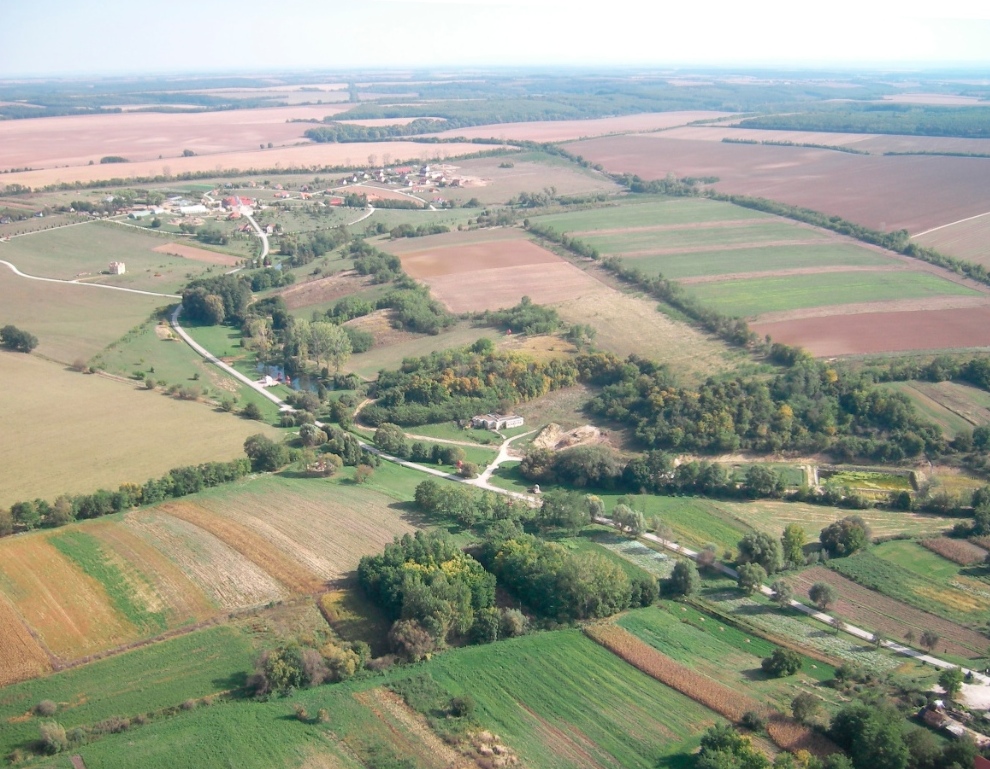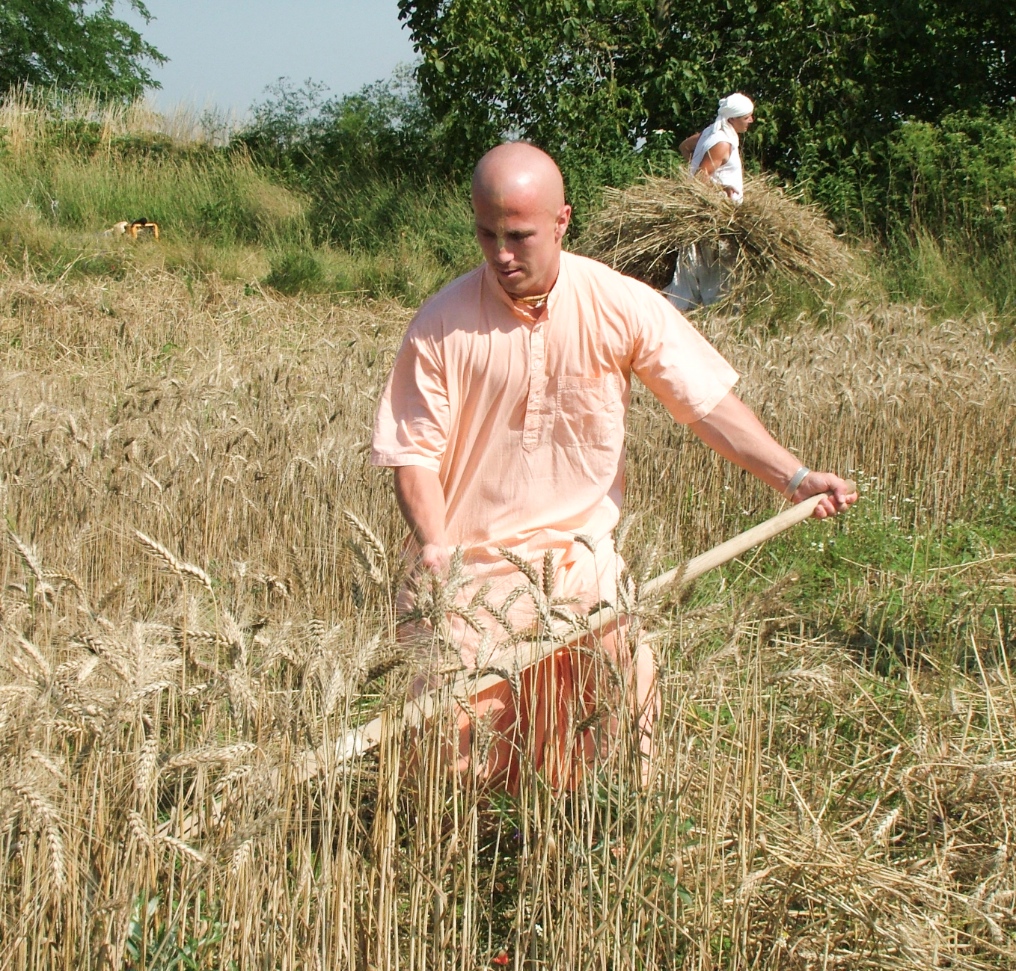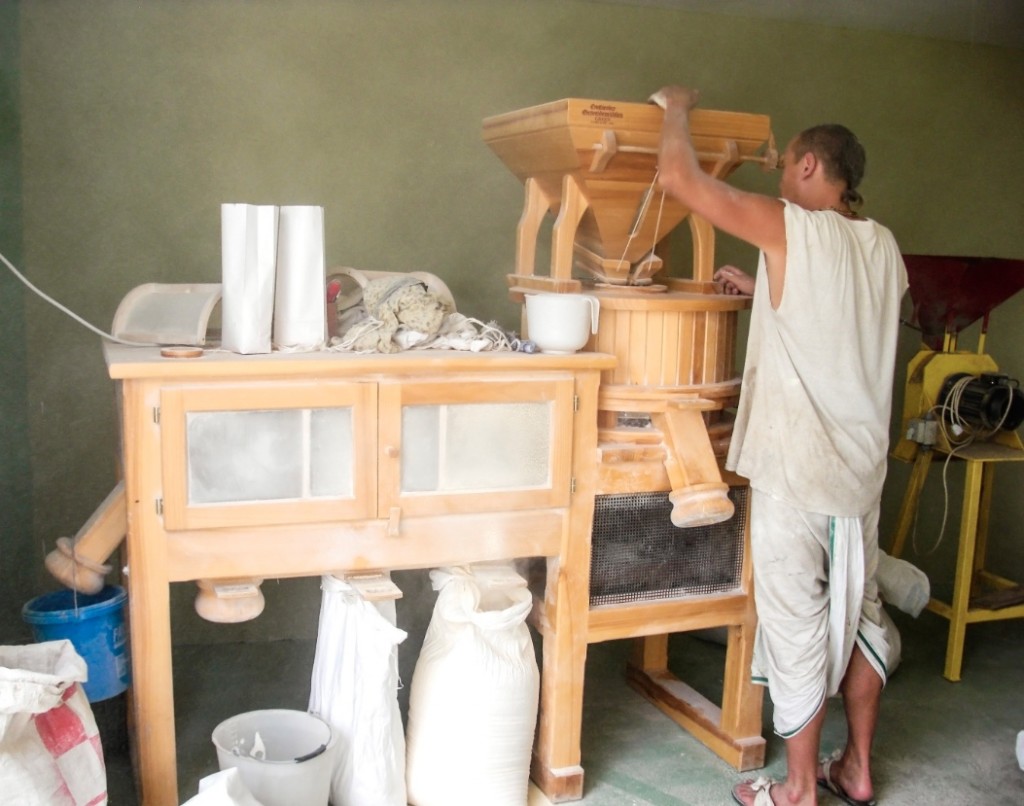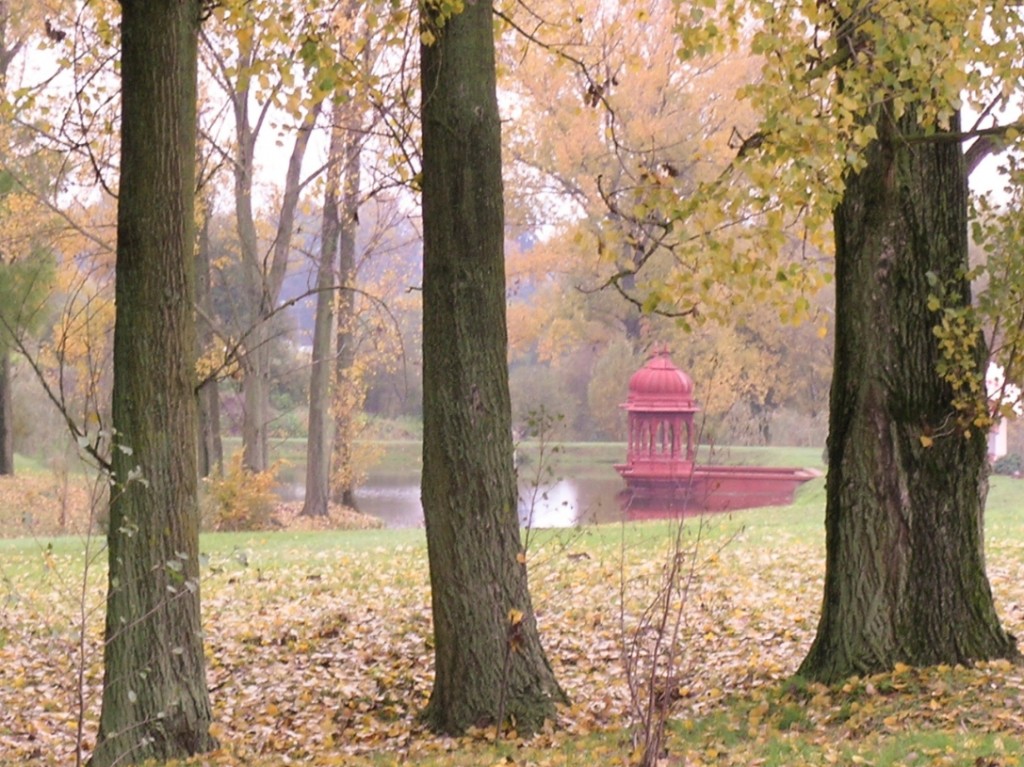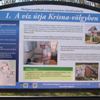 Landscape in Krishna Valley at the time of its foundation, back in 1993 was quite similar like that of outside its territory: huge areas of arable land with some tree lines. Today’s agriculture aimed at small-scale, sustainable farming has established a mosaic-structured landscape on the whole terrain of Krishna Valley, which are apparent if you take a look around you.
Landscape in Krishna Valley at the time of its foundation, back in 1993 was quite similar like that of outside its territory: huge areas of arable land with some tree lines. Today’s agriculture aimed at small-scale, sustainable farming has established a mosaic-structured landscape on the whole terrain of Krishna Valley, which are apparent if you take a look around you.
On the banks of the streams and ponds, lakes due to nature-friendly farming and conscious land use one may find exuberant, lush vegetation: sedged brooks, groves of alders and willows, marshland.
On the lower part of valleys and hillsides there are natural and sown grassplots that form large areas of hayfields and pastures. Hay needed for fodder and litter are gathered and transported to haymow with the help of oxen. This sort of grazing is sustainable only if there is at least 1-1.5 hectare of hayfield or pasture for each cattle.
For the residents of Krishna Valley (in 2013 it is 130 people) about 3 hectares of land is enough to provide the necessary annual grain consumption. In order to decrease fossil energy resources, this piece of land is cultivated exclusively by ox-power and we try to increase utilization of ox-power even in other areas yearly at the expense of using machines.

On the entire terrain of Krishna Valley, which is approximately 300 hectares, there is organic agriculture with no use of chemical insecticides and artificial fertilizers. The quality of soil is maintained by rotating green manure and cow dung into the land. Regarding plant protection, prevention is the main focus (e.g. three and six-course rotation systems, choice of appropriate type of plants).
Did you know…?
- that a family of four needs 1,000 square meters of land (0.1 hectare) to produce the necessary bread crops?
- that we produce varied, sterling food in support of our health and vegetarian diet? (For example autumn wheat, spelt, oat, barley, amaranth, chickpea, linseed, squash and marrow, etc.)

